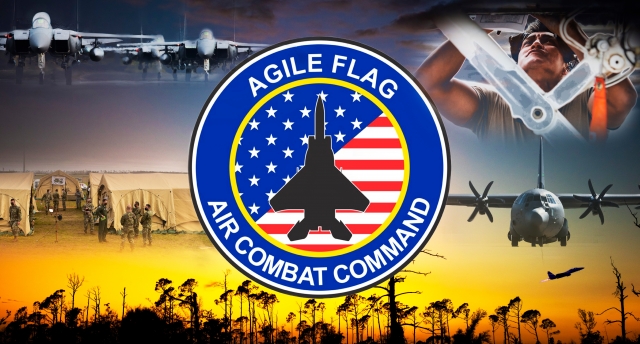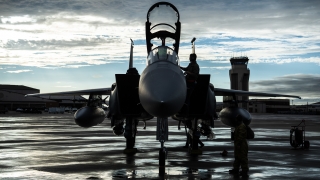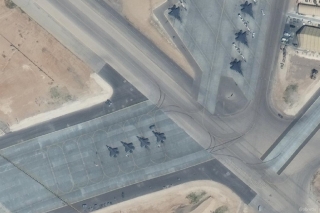Will USAF's exercise Agile Flag become the new standard and is this different from what we have seen in the past?
5 minute reading about the effectiveness of future “Lead Wings” within the USAF
On 29 October 2020, USAF's Air Combat Command (ACC) Exercise Agile Flag 21-1 came to a close at Tyndall AFB (FL). This latest USAF exercise, which was held in and over the Florida Panhandle, was the first-of-its-kind event to test the effectiveness of future “Lead Wings”. The lead wing for this exercise was the 366th Fighter Wing from Mountain Home AFB (ID). 250 Airmen from six units from across the USAF participated to better understand the diverse requirements that will go into certifying the Lead-Wing concept for Air Combat Command.
During the exercise the participating units employed mission generation, command and control, and base operating support elements from its main operating base at Tyndall, while supporting a Forward Operating Base (FOB) at Hurlburt Field (FL) and a contingency location at Eglin AFB (FL). Each unit at Agile Flag 21-1, a fighter wing consisting of 4th Generation and 5th Generation fighter aircraft, a combat communication unit, a tactical airlift unit and more, came together with different capabilities into one comprehensive and well-trained force package.
The main unit during this Agile Flag exercise, the conveniently selected 366th Fighter Wing's 389th Fighter Squadron, named Thunderbolts, was exposed to multiple subjects. Having been deployed to Muwaffaq Salti/Al Azraq Air Base (Jordan) for a large period during 2019/2020, Scramble Magazine assesses that the 389th FS brought back significant and valuable lessons learned.
The squadron worked multiple times together from Jordan soil with F-35A Lightnings from Hill's 388th Fighter Wing. Earlier, Scramble Magazine was the first to write about the new tactics employed by USAF's 4th Gen. and 5th Gen. fighter units in the Middle East. As a secondary unit, and also for this exercise attached to the 366th FW, were F-22A Raptors assigned to the 90th Fighter Squadron from Joint Base Elmendorf-Richardson (AK).
Is this different from what we have seen in the past? The USAF frequently uses the 4th Generation (i.e. F-15E/F-16CM) and 5th Generation (i.e. F-35A/F-22A) aircraft together during different exercises, but ACC is now working to develop a model utilising lead wings across the command, to align future forces with the 2018 National Defense Strategy and the “Accelerate Change or Lose” vision of the now acting Air Force Chief of Staff Gen. Charles Q. Brown, Jr.
Also, according to ACC commander Gen. Mark Kelly, a peer fight will not allow time for acclimation or team bonding for the first few weeks. The USAF is currently experimenting with the Agile Combat Employment model, or ACE, which allows units to forward deploy as teams into locations. The lead wing will increase those capabilities, developing a resilient, adaptive and proactive force able to operate in a highly contested environment with joint and coalition partners.
Using this experiment as a baseline, ACC will work towards a flag-level exercise that will be designed to certify a lead wing’s ability to generate and provide command and control as well as support and defend combat forces. Although no direct outcome or results have been made public, it was stated that Agile Flag 21-1 has shown that through this experiment, the USAF has gained a better understanding of how it can provide combat airpower and a wide range of other capabilities to combatant commanders while remaining agile and lethal.
Refining that combat employment will now fall into the hands of ACC, USAF's 15th Air Force as a whole and the US Air Force Warfare Centre at Nellis AFB (NV). The USAF, and specifically ACC, needs to refine and clearly articulate expectations for the role of a (future) lead wing as an instrument of airpower in support of strategic national objectives.





